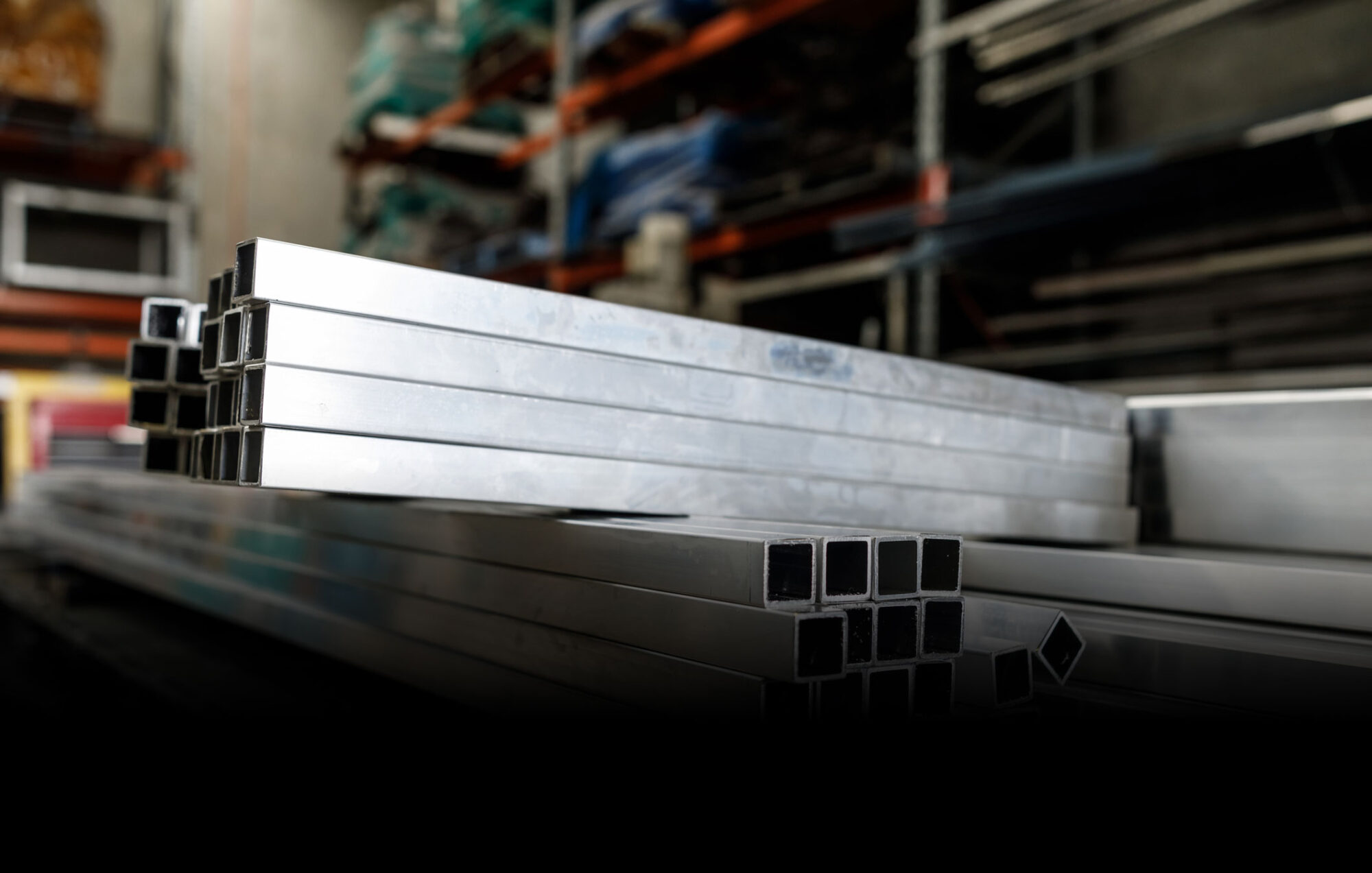There are different types of ferrous metals, iron and steel scrap, also referred to as ferrous scrap, comes from end of life products (old or obsolete scrap) as well as scrap generated from the manufacturing process (new, prime or prompt scrap). Obsolete ferrous scrap is recovered from automobiles, steel structures, household appliances, railroad tracks, ships, farm equipment and other sources. The largest single source of obsolete ferrous scrap in the United States is used vehicles, and R.L. Polk & Co. estimates that nearly 11.8 million vehicles were scrapped in the U.S. in 2012.
Today, ferrous scrap is the most recycled material in the United States and worldwide. In the U.S. alone, the U.S. Geological Survey estimates that 72 million metric tons of iron and steel scrap were purchased in 2012. While domestic ferrous scrap market participants have been facing heightened competition for available feedstock in recent years, expanding economic output in general and the recently improving conditions in the automotive and construction sectors in particular should bode well for future ferrous scrap supply and demand.
View historical data on U.S. iron and steel scrap consumption, producer stocks, and production.
How Is Ferrous Scrap Prepared?
While a small proportion of unprepared obsolete ferrous scrap can be directly used by consumers, the vast majority of purchased iron and steel scrap is sorted and processed by the scrap recycling industry. Scrapyards use a variety of processes including sorting, shearing, shredding, torching and baling to sort and prepare ferrous scrap to commodity-grade specifications.
The process of shredding, which was developed in the late 1950s, allows for whole cars, appliances and other end-of-life products to be quickly shredded into fist-size pieces of metal, greatly increasing scrap processors´ ability to handle large items and to separate nonferrous material. In 2013, more than 350 shredders were in operation in North America, up from just 120 shredders in the early 1970s.
In addition to shredded, ferrous scrap can be grouped by prime scrap (including busheling, bundles and clips), cut grades such and heavy melting steel, and foundry and miscellaneous grades such as machinery cast. To assist members with the buying and selling of their materials, ISRI has developed standard specifications for scrap commodities including more than 100 ferrous scrap specifications. ISRI´s “specs” are regularly updated and published in the ISRI Scrap Specifications Circular. For more information, visit www.isri.org/specs.

